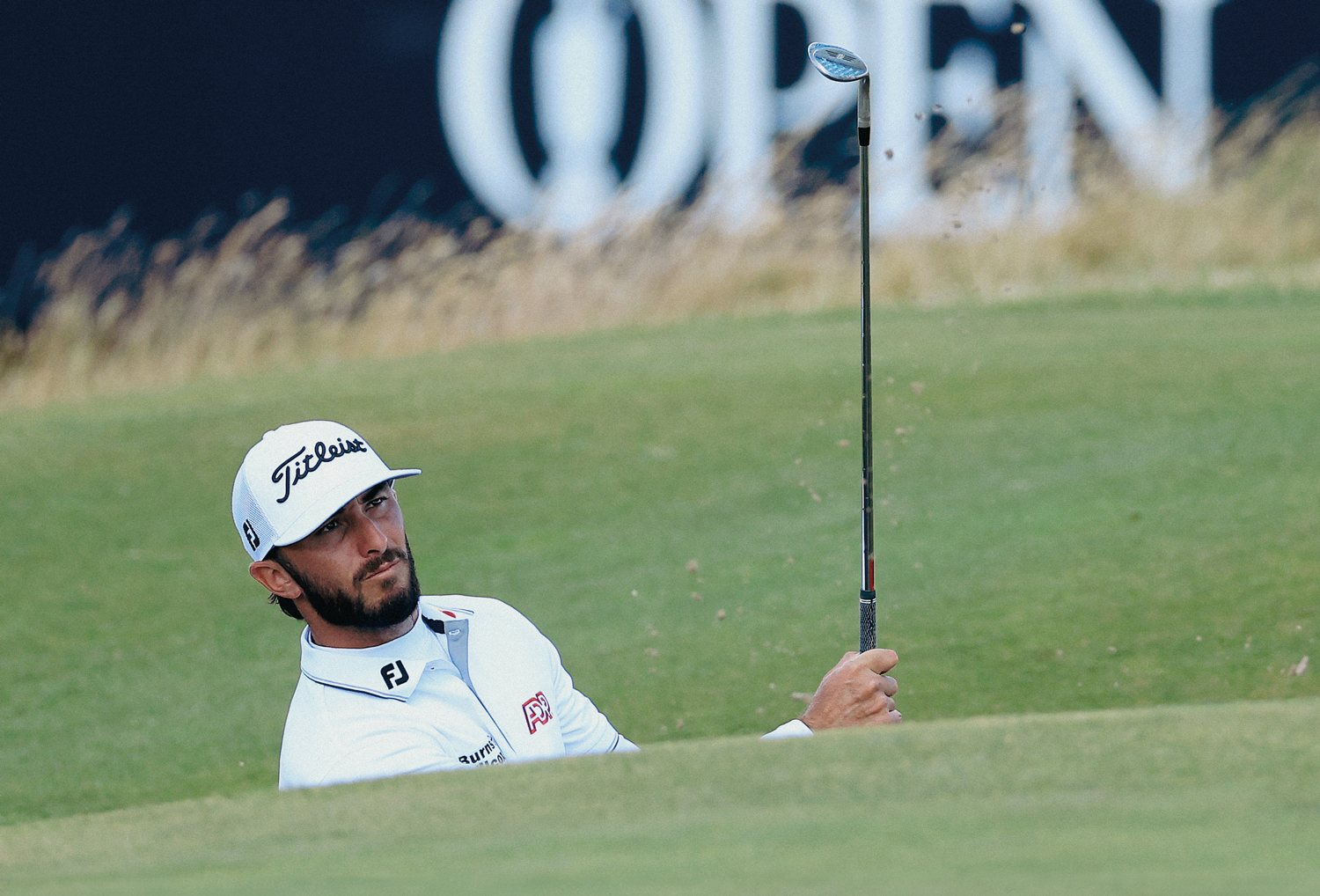
elieve it or not, Tiger Woods chipping in on the 16th hole at the Masters, when the ball teetered on the edge of the cup, happened almost 18 years ago (2005). It was in 2010 that Phil Mickelson played a six-iron from the pine straw on the 13th at Augusta, landing just over the creek and on the green. Nick Faldo called it “the greatest shot of his life.” Veteran viewers of the majors might prefer not to be reminded that last year marked four full decades since Tom Watson chipped in on the 17th green in the final round of the U.S. Open at Pebble Peach (1982). Not all major champions are remembered for particular winning shots, and not all majors are decided by these fleeting moments of drama, but once these rare acts are played out they remain vivid, sustaining timeless beauty like a precious stone.

On June 19 last year, Englishman Matthew Fitzpatrick added another gem to this holy crown—his second shot to the final hole of the U.S. Open at The Country Club Brookline. It was a nine-iron from a fairway bunker, 156 yards from the hole. Fitzpatrick held a one-shot lead over Will Zalatoris at the time, with the American perfectly placed in the middle of the fairway.
With the ball slightly above the feet, it is a shot most ordinary golfers would have hit fat and short, taking too much sand before the ball. The 28-year-old Fitzpatrick, however, is a ball striker of extraordinary ability, and in his moment of reckoning he produced what he describes as: “clearly, easily the best shot I have ever hit.”
What judgement and nerve it took to pull it off. The ball cannoned high into the pale grey sky and landed in the middle of the green, finishing 20 feet from the hole. It was exactly the shot Fitzpatrick hoped to pull off, and two putts later—and after the brave birdie attempt from Zalatoris somehow slid by the cup—he was a major champion and the only golfer after Jack Nicklaus to secure the U.S. Amateur and U.S. Open titles at the same golf course.
“That shot out of the bunker was one in a million,” starts Ted Brady, Fitzpatrick’s manager and a friend since the two grew up playing golf together at the Hallamshire Golf Club, outside the steel city of Sheffield. “A lot of people have been calling it one of the greatest shots in U.S. Open history. It is hard to process that kind of stuff.”
For Zalatoris, who has remarkably accumulated three runner-up results in majors in only two years within golf’s highest echelon, patience will surely be rewarded one day soon, but last June the day belonged to only the third Englishman to lift the U.S. Open trophy over the past century (following Tony Jacklin in 1970 and Justin Rose in 2013).
“That shot out of the bunker was one in a million”
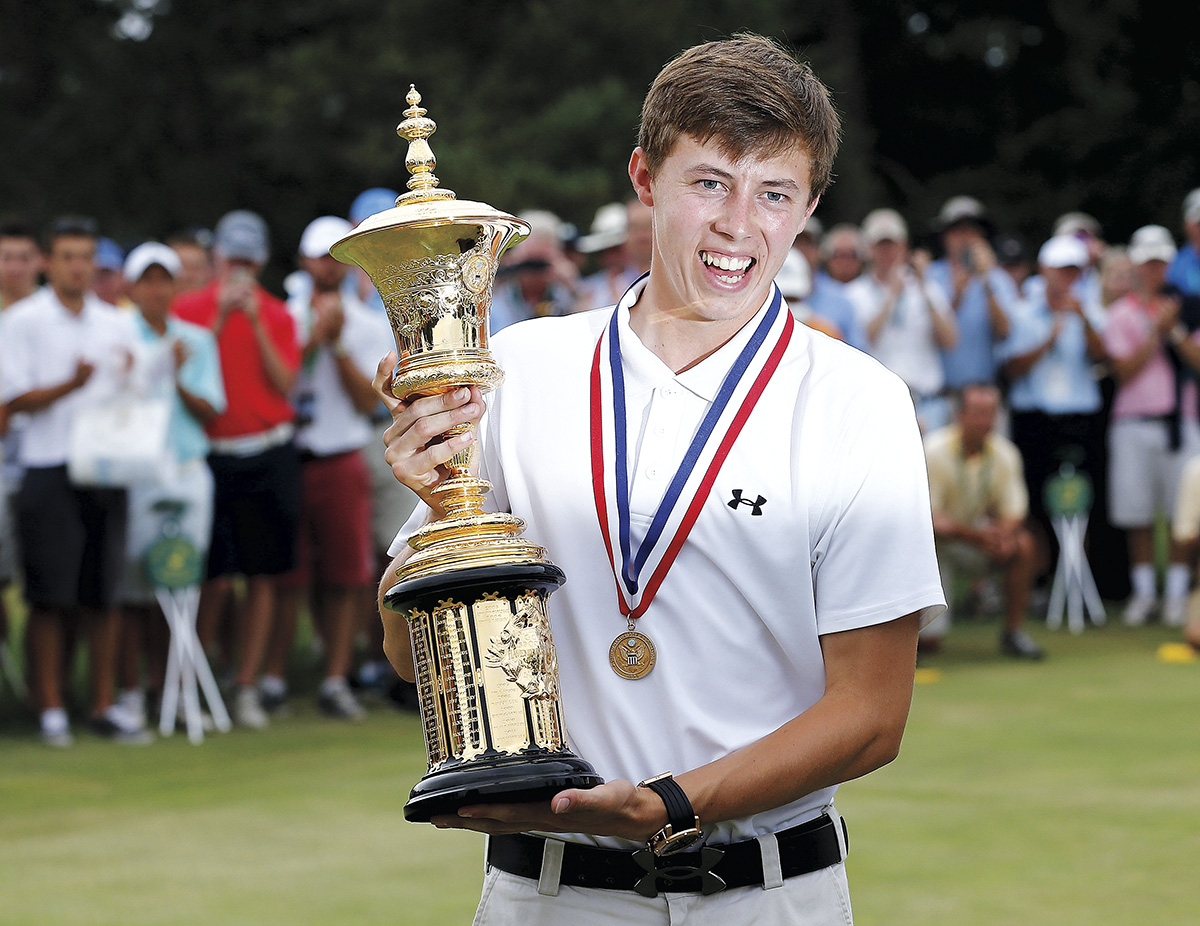
“I have probably watched the highlights three or four times since the U.S. Open,” admits Fitzpatrick in an exclusive interview with Kingdom magazine over his winter break. “I actually watched the coverage again the other night. I get goosebumps big time, particularly watching the scenes at the end with my family, with the emotions. It is very special. Every time I watch it, again and again, it still feels amazing.”
Always a golfer who sticks to drills, likes to practice, and who is equipped with a sharply analytical mind and a busy notebook to match, there is the practical side to consider. “I’ll probably watch the highlights again over the winter to see if there is anything I can pick up in terms of how my swing was looking,” Fitzpatrick adds.
“Everybody who leads the U.S. Open is nervous, but Matt was not scared of the challenge,” starts Mike Walker, Fitzpatrick’s coach, who grew up in Yorkshire, in the heart of northern England, like his star pupil. “Matt said it felt like he couldn’t let his foot off the gas mentally until the very end. It was so hard. I still don’t know how that putt from Will Zalatoris missed, to be honest.”
That Sunday at Brookline was the second time in the space of four weeks that Fitzpatrick had worked his way into the final pairing of a major championship. In May’s PGA Championship at Southern Hills, Fitzpatrick stumbled to a final round of 73, three over par, to finish two shots out of the playoff between Zalatoris and Justin Thomas, but after a conversation with Walker the night before the final round of the U.S. Open, he was ready for the reprisal.
“A lot of what we talked about is confidential,” says Walker, who has coached Fitzpatrick since the golfer was 14, “but Matt wanted to talk about what he had done wrong at the PGA the month before, more from a psychological standpoint, and we talked about how he should approach the final round of the U.S. Open in a different way.
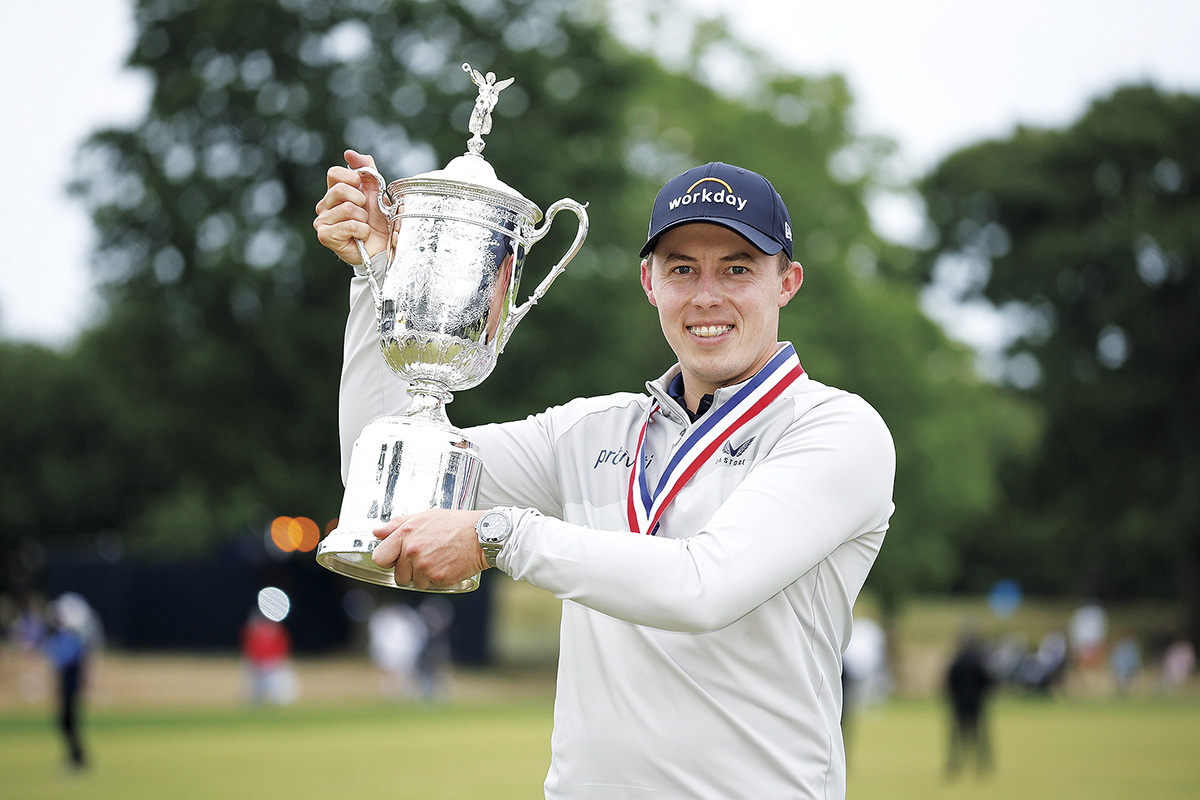
“The thing with the PGA was that he hit a poor shot off the first tee and it rattled him a bit. Matt wanted to take on the challenge at the U.S. Open, but he needed to think about how to handle adversity when he faced it. A golfer invariably faces adversity during a round even if things are going well, and it is important to identify that before it happens.
“Now that Matt has won the U.S. Open, he is bullet-proof.”
Fitzpatrick is now an honorary member at The Country Club Brookline, in the south-easterly outskirts of Boston—where he has twice enjoyed career-defining glory—yet his game was forged amid the humble, gritty surroundings of Hallamshire Golf Club, up on a windy hillside outside Sheffield.
“It is a very small piece of land,” explains Fitzpatrick, who returned to his hometown over Christmas and paraded the U.S. Open trophy in front of the crowd at Brammal Lane, the 32,000-seat stadium that is home to his beloved Sheffield United, and which is the world’s oldest soccer stadium still in use.
“The fairways at Hallamshire are tight, and the greens are really small, and it doesn’t have a driving range really,” he adds. “The range is about 130 yards long so I could hit a driver there when I was younger, but now it would be a gap wedge. It is always windy and it is normally cold, but while I am not painting the best picture,
when I was growing up it helped me to play such a challenging course.”
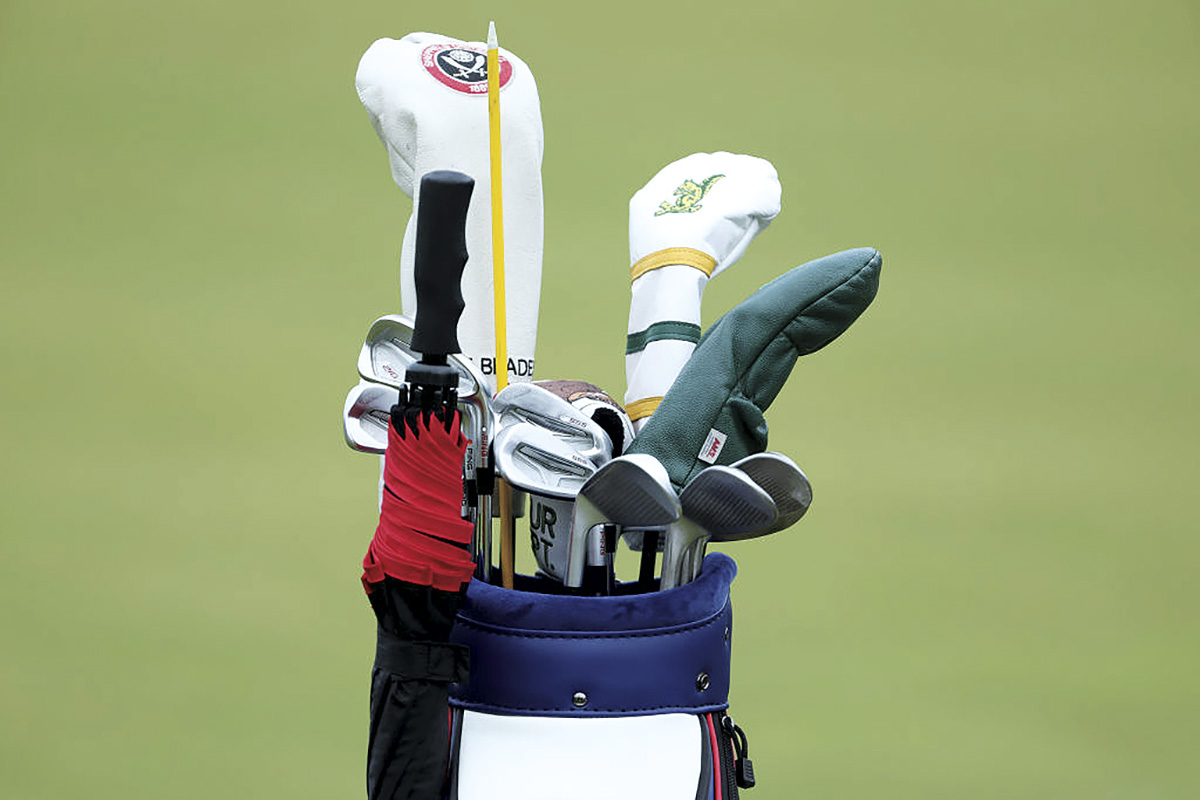
Brady joined Hallamshire at the same time as Fitzpatrick. Brady was 11 and Fitzpatrick was nine, and they would spend the next few years playing golf together at the club, representing the city and also their home county of Yorkshire, before Fitzpatrick’s career took off to the next level.
“Matt always hit the ball so straight,” remembers Brady, who became a scratch golfer before realizing his career lay outside the ropes. “That is exactly how he has played right the way through his career. He was laser straight, and you would have hated to play him in match play. He wouldn’t give you a sniff, and his putting was amazing even back then. It is a gift.”
A promising soccer player too, Fitzpatrick hung up his cleats at the age of 15, and two years later he was crowned British Boys Champion.
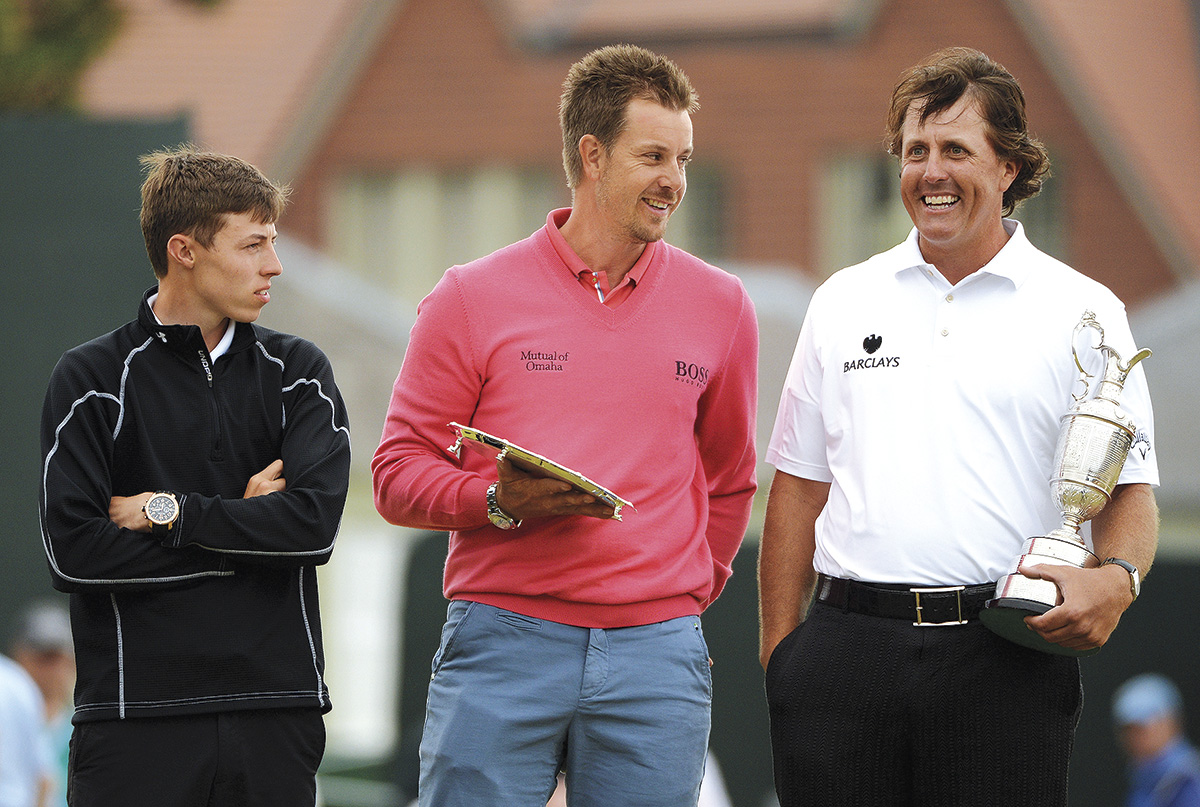
A cornerstone of Fitzpatrick’s success has been his strokes gained on the greens. Bettinardi spent five years working with Fitzpatrick to create his perfect putter.
“I’m very particular about the appearance and feel,” states Fitzpatrick. “I’d been using the same putter since I was a junior and never intended on switching, until Sam Bettinardi mentioned that he could replicate it. Over three years later, I’m still using my Bettinardi putter and the results speak for themselves.”
“He was laser straight, and you would have hated to play him in match play”
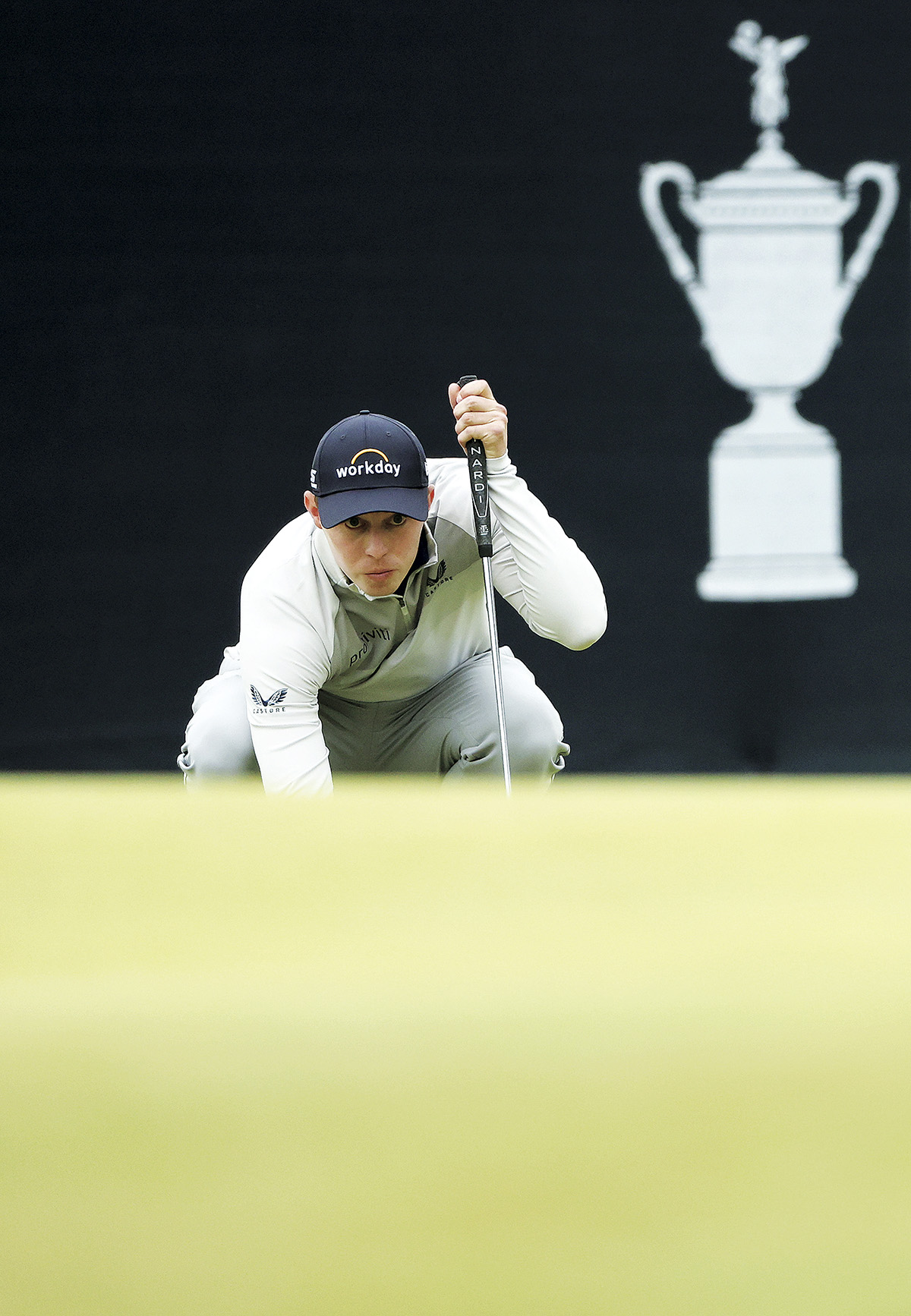
“I would get dropped off at the club in the morning and picked up in the evening,” recalls Fitzpatrick, who won the Silver Medal as low amateur at The Open at Muirfield in 2013, before winning the U.S. Amateur title weeks later at Brookline. “That is how it went, and that is what made summer holidays so great. I am incredibly grateful to my parents for doing that and for taking me here, there and everywhere to play in tournaments. I am sure there were times when they would have preferred to have been doing other things with their time. On those long summer days I didn’t actually play that many rounds of golf, I practiced mainly. I got into practice from a young age.”
Fitzpatrick’s work ethic was clear as soon as he started working with Walker, when the coach was running the Pete Cowen Golf Academy up the road in Rotherham.
“What stood out about Matt then is the same thing that stands out about him today,” states Walker, who also works with another major champ from Yorkshire, the 2016 Masters winner Danny Willett. “Matt was very diligent and hard working for someone so young. He was almost forensic by nature in trying to improve at golf, and like any top player there was a desire that was above and beyond the norm. It was different to see someone who was like a professional in an amateur’s shoes, and you’d be double-checking yourself because physically he always looked really young for his age.
“I remember him and his brother Alex coming to the range as teenagers. They looked like they were 10, like a pair of little chipmunks, except that they were really good at golf. It didn’t make sense that this kid was talking and thinking and going about his business in a very mature way.”
Confusion with Fitzpatrick’s age was recurrent. He made his Ryder Cup debut for Europe in 2016 at Hazeltine, just after his 22nd birthday and before he had made a big impact in American golf (although he had finished tied-seventh in that year’s Masters). Fitzpatrick’s first stop was the merchandise pavilion, and the guy serving him asked if he had been playing in the Junior Ryder Cup.
Now Fitzpatrick is a U.S. Open champion, ranked in the World’s top-10 and heading towards his third Ryder Cup appearance in 2023. He won’t be mistaken
for an amateur anymore.
“He was like a professional in an amateur’s shoes”

Follow Us On


| Cookie | Duration | Description |
|---|---|---|
| cookielawinfo-checkbox-analytics | 11 months | This cookie is set by GDPR Cookie Consent plugin. The cookie is used to store the user consent for the cookies in the category "Analytics". |
| cookielawinfo-checkbox-functional | 11 months | The cookie is set by GDPR cookie consent to record the user consent for the cookies in the category "Functional". |
| cookielawinfo-checkbox-necessary | 11 months | This cookie is set by GDPR Cookie Consent plugin. The cookies is used to store the user consent for the cookies in the category "Necessary". |
| cookielawinfo-checkbox-others | 11 months | This cookie is set by GDPR Cookie Consent plugin. The cookie is used to store the user consent for the cookies in the category "Other. |
| cookielawinfo-checkbox-performance | 11 months | This cookie is set by GDPR Cookie Consent plugin. The cookie is used to store the user consent for the cookies in the category "Performance". |
| viewed_cookie_policy | 11 months | The cookie is set by the GDPR Cookie Consent plugin and is used to store whether or not user has consented to the use of cookies. It does not store any personal data. |